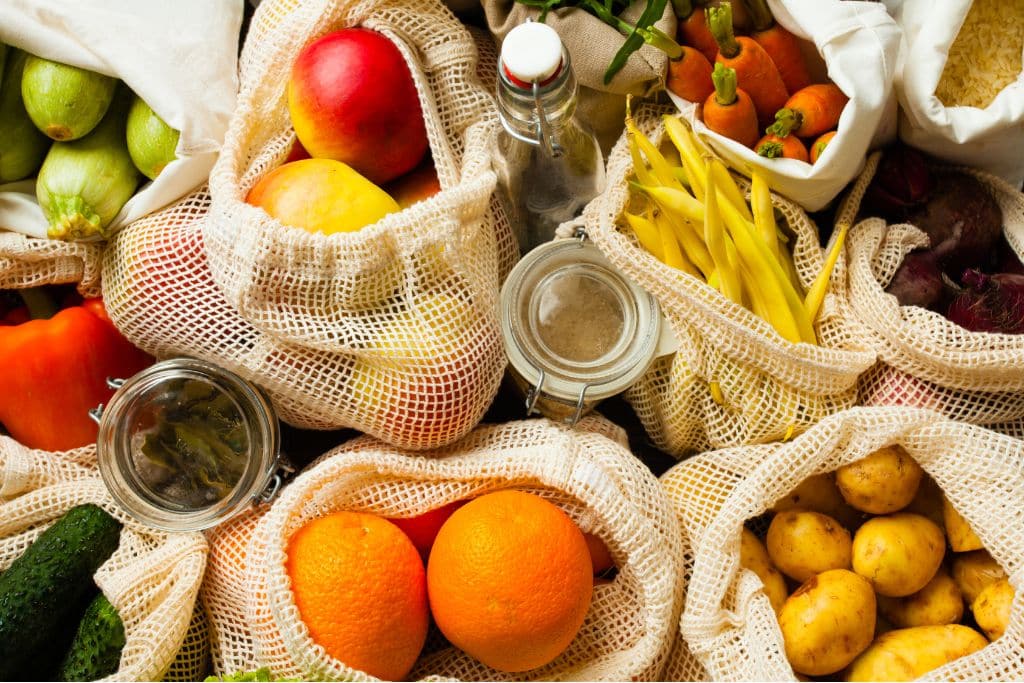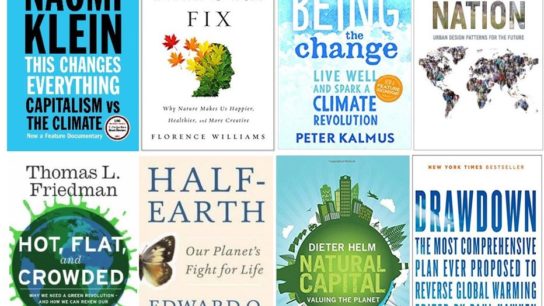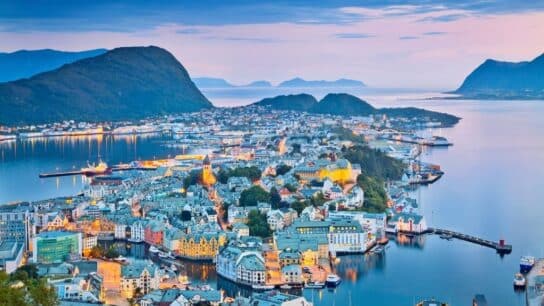Climate change is putting a strain on food systems. Understanding the water footprint of the food you buy and eat will help you make sustainable choices when grocery shopping.
—
Climate change is making droughts and other extreme weather events longer, more frequent and severe. An increase in drought severity will put strain on our food systems and threaten food security. As part of our ‘What Can I Do’ series, this article will help you navigate your water footprint when you are at the grocery store/
What Is a Water Footprint?
The food we consume has a water footprint – a measure of the amount of water required to produce the food we eat. Our food systems rely on blue, green, and grey water consumption to provide us with groceries we consume.
Blue water is water from lakes, rivers, and aquifers. It is the amount of freshwater used. Green water is soil water that is readily available for plants. It is the amount of rainwater used. Grey water is the indicator of pollution associated with the supply chain of a product and refers specifically to the amount of polluted runoff water.
It is important to differentiate and understand the amount of water and the type of water used in the food lifecycle.
The Water Footprint of Food
Meat
Beef, pork, and poultry have a high water footprint. This high water footprint is due to the water required to grow the feed, water for the animals to drink, and water used for cleaning of the livestock farm and slaughterhouse. Of the three water components that go into the meat lifecycle, the water required to grow the feed has the largest water footprint. For instance, to produce one kilogram (kg) of beef, 13kg of grain and 30kg of hay are needed to feed the cow, both requiring over 105,000 litres of water to produce.
Animal feed contributes to 38% of the total water footprint with many of the crops having a large blue and grey water footprint. In other words, animal feed contributes to a decrease in blue water, depleting freshwater resources and an increase in grey water, increasing the amount of polluted runoff water.
Dairy
Similar to meat, dairy has a high water footprint due to water required to grow the feed for the dairy cows, water for the dairy cows to drink, and water used to clean the farm and harvest production. A study found that dairy uses an average of 1.36 cubic metres of water/kg of milk produced, composed of over 68% green water and over 30% blue water. This means that a higher proportion of the water footprint from dairy is reliant on rainwater and the remaining is reliant on freshwater. As climate change accelerates drought, these freshwater sources will make it harder to produce dairy.
Nuts
Tree nuts (e.g., almonds and cashews) and groundnuts (e.g., peanuts) are water intensive crops with a large water footprint per unit mass of protein. An article published in 2020 discusses the global average water footprint of tree nuts and groundnuts combined is over 157,000 million cubic metres/year. Cashews have the largest overall water footprint at over 27,000 million cubic metres/year, with over 6% being blue water and over 93% green water. Groundnuts have the highest blue water footprint at 5,107 million cubic metres/year. These values indicate that nuts have a large impact on the global freshwater supply.
How to Navigate
Although there is yet to be a one-all solution, there is an environmental impact labelling system being developed to help consumers navigate the grocery store to make sustainable choices.
“Traffic-Light” Lables
Currently in the testing stage, food system specialists are developing a “traffic-light” labelling system to provide information on the environmental impact foods have. This front-of-pack labelling would include the impacts of greenhouse gases and the water footprint it takes to produce, manufacture, and distribute the food products. It is designed to provide a simple infographic lettered A, in green, as lowest environmental impact and E, in red, as highest environmental impact. This simple design makes it easy for consumers to easily see the impact their food choices have and help guide them to make more sustainable decisions.

Until the “traffic-light” label design is introduced into grocery stores, it is imperative that consumers take the time to understand the amount of water required to produce foods. Understanding the water footprint can help you choose products from farms that promote sustainable practices.
Climate change will threaten water resources and foods with a high water footprint will become more challenging to produce. Sustainable practices throughout the food lifecycle and consumer awareness will be imperative in navigating global food security.
You might also like: World Food Day 2023: Why Global Food Security Matters in 2023


















